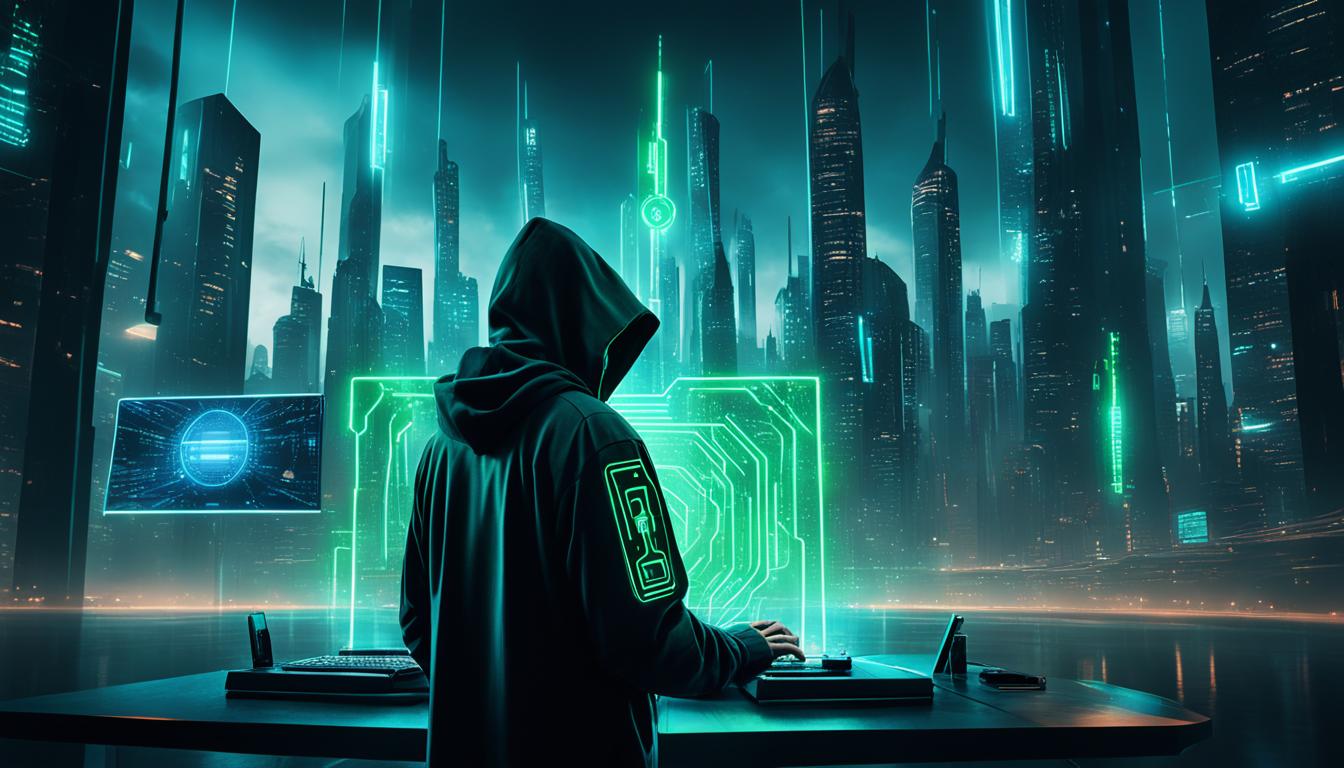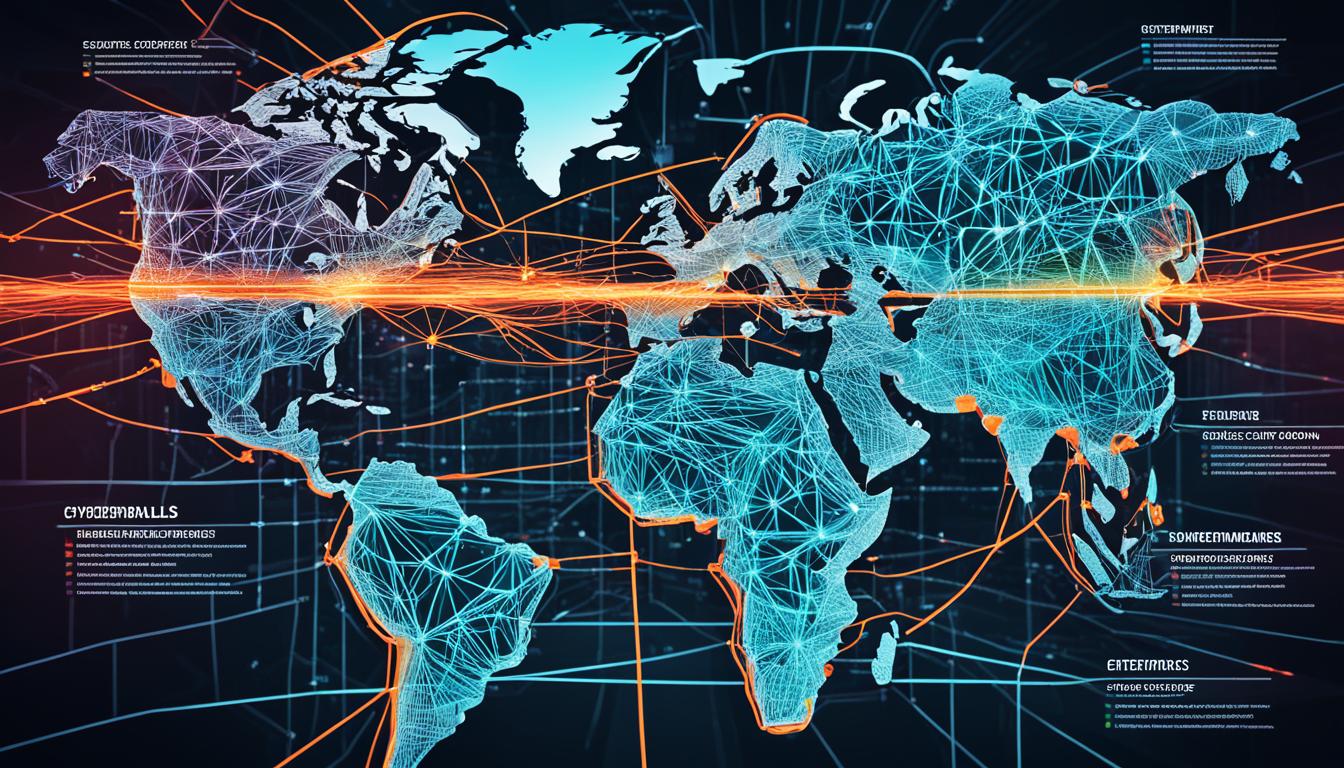
The future of cybersecurity is constantly evolving to keep pace with new and emerging threats. As the digital landscape continues to transform, organizations must adapt their security strategies to address the challenges of 2025 and beyond. Experts predict that cybersecurity will need to focus on prevention and preparedness, with a greater emphasis on incident response planning, employee training, and regulatory compliance.
The use of artificial intelligence (AI) in both cyber attacks and defense will become more prevalent, requiring organizations to leverage AI-powered threat detection and analytics to stay ahead of sophisticated adversaries. Additionally, the widespread adoption of 5G technology and the growing reliance on cloud services will introduce new vulnerabilities that must be addressed through robust security measures and collaboration across industry stakeholders.
To truly future-proof their cybersecurity posture, organizations will need to embrace a zero-trust security model and prioritize the security of their supply chains, which have become a prime target for cybercriminals.
Key Takeaways
- Cybersecurity will focus on prevention and preparedness, with emphasis on incident response planning, employee training, and regulatory compliance.
- AI-powered cyber attacks and defense will become more prevalent, requiring organizations to leverage AI-powered threat detection and analytics.
- The rollout of 5G technology and increased reliance on cloud services will introduce new vulnerabilities that must be addressed.
- Organizations will need to embrace a zero-trust security model and prioritize supply chain security to future-proof their cybersecurity posture.
- Collaboration across industry stakeholders is crucial to develop and enforce robust security standards for emerging technologies.
Emerging Cybersecurity Threats and Challenges
As artificial intelligence (AI) continues to advance, it is being harnessed by cybercriminals to launch more sophisticated attacks. Threat actors are using AI to generate highly personalized phishing emails, create automated malware, and evade detection by traditional security measures. The MGM Resorts International and Caesars Entertainment hacks, both attributed to the use of social engineering tactics, highlight the growing threat of AI-powered social engineering attacks.
AI-Powered Cyber-Attacks
The rise of AI-powered cyber-attacks, such as AI-generated phishing and automated malware, poses a significant challenge for security teams. Threat actors are leveraging AI to create highly targeted and convincing social engineering tactics, making it increasingly difficult for organizations to detect and defend against these attacks. To combat this threat, businesses must invest in AI-powered threat detection and security analytics to stay ahead of the curve.
The 5G Conundrum: Speed vs. Security
The rollout of 5G networks promises to revolutionize connectivity, but it also introduces new cybersecurity vulnerabilities. The increased speed and connectivity of 5G networks can expose organizations to a range of new threats, such as network slicing attacks and exploits targeting IoT devices. Securing 5G infrastructure is paramount, and collaborative efforts to develop and enforce robust security standards are crucial to ensure that the benefits of 5G are not outweighed by the potential risks.
How will cybersecurity evolve to meet new threats in 2025?
The traditional perimeter-based security model is no longer sufficient to protect against the evolving zero trust security landscape. In 2025, organizations will need to embrace a zero-trust security approach, which assumes no inherent trust for any entity, whether inside or outside the network. This paradigm shift will require continuous authentication and micro-segmentation to mitigate the risks posed by insider threats and unauthorized access.
Zero Trust: The New Security Paradigm
The zero-trust security model is designed to address the shortcomings of the legacy perimeter-based approach, which assumed that everything inside the network could be trusted. In 2025, organizations must implement a zero-trust architecture that verifies the identity and trustworthiness of every user, device, and application, regardless of their location or network connection. This approach, combined with encryption and robust security audits, will help to prevent software compromises and supply chain attacks.
Supply Chain Security: The Achilles’ Heel
The interconnected nature of modern supply chains has exposed organizations to increased cybersecurity risks. Supply chain attacks, such as software compromises, have become a major concern, as threat actors target the weakest links in an organization’s digital ecosystem. To address this challenge, organizations will need to implement rigorous vendor risk assessments, supply chain mapping, and continuous monitoring to identify and mitigate potential vulnerabilities.

Conclusion
As the digital landscape continues to evolve, the cybersecurity challenges organizations face in 2025 will be more complex and interconnected than ever before. Threat actors will leverage emerging technologies, such as AI, to launch sophisticated attacks, while the rollout of 5G and the growing reliance on cloud services will introduce new vulnerabilities that must be addressed.
To stay ahead of these emerging threats, organizations must adopt a proactive and adaptive approach to cybersecurity. By embracing zero-trust security models, investing in advanced threat detection and response capabilities, and prioritizing the security of their supply chains, businesses can build a robust and resilient defense against the cyber threats of the future.
Collaboration and industry-wide cooperation will be crucial in shaping the cybersecurity landscape of 2025. Stakeholders from across the public and private sectors must work together to develop and enforce robust security standards, share threat intelligence, and foster a culture of security awareness among employees.
The road ahead may seem daunting, but by staying vigilant, adapting to new challenges, and harnessing the power of emerging technologies, organizations can position themselves for success in the face of tomorrow’s cybersecurity threats.
FAQ
How will cybersecurity evolve to meet new threats in 2025?
The future of cybersecurity is constantly evolving to keep pace with new and emerging threats. As the digital landscape continues to transform, organizations must adapt their security strategies to address the challenges of 2025 and beyond. Experts predict that cybersecurity will need to focus on prevention and preparedness, with a greater emphasis on incident response planning, employee training, and regulatory compliance.
How will artificial intelligence (AI) impact cybersecurity in the future?
As artificial intelligence (AI) continues to advance, it is being harnessed by cybercriminals to launch more sophisticated attacks. Threat actors are using AI to generate highly personalized phishing emails, create automated malware, and evade detection by traditional security measures. Organizations will need to leverage AI-powered threat detection and analytics to stay ahead of these AI-powered cyber-attacks.
What are the cybersecurity implications of the 5G rollout?
The rollout of 5G networks promises to revolutionize connectivity, but it also introduces new cybersecurity vulnerabilities. The increased speed and connectivity of 5G networks can expose organizations to a range of new threats, such as network slicing attacks and exploits targeting IoT devices. Securing 5G infrastructure is paramount, and collaborative efforts to develop and enforce robust security standards are crucial.
How will the zero-trust security model impact the future of cybersecurity?
The traditional perimeter-based security model is no longer sufficient to protect against the evolving threat landscape. In 2025, organizations will need to embrace a zero-trust security approach, which assumes no inherent trust for any entity, whether inside or outside the network. This shift towards continuous authentication and micro-segmentation will be essential for mitigating insider threats and unauthorized access.
What are the key considerations for securing supply chains in the future?
The interconnected nature of modern supply chains has exposed organizations to increased cybersecurity risks. Supply chain attacks, such as software compromises, have become a major concern, as threat actors target the weakest links in an organization’s digital ecosystem. To future-proof their cybersecurity posture, organizations will need to prioritize supply chain security through comprehensive vendor risk assessments, supply chain mapping, and advanced encryption techniques.
